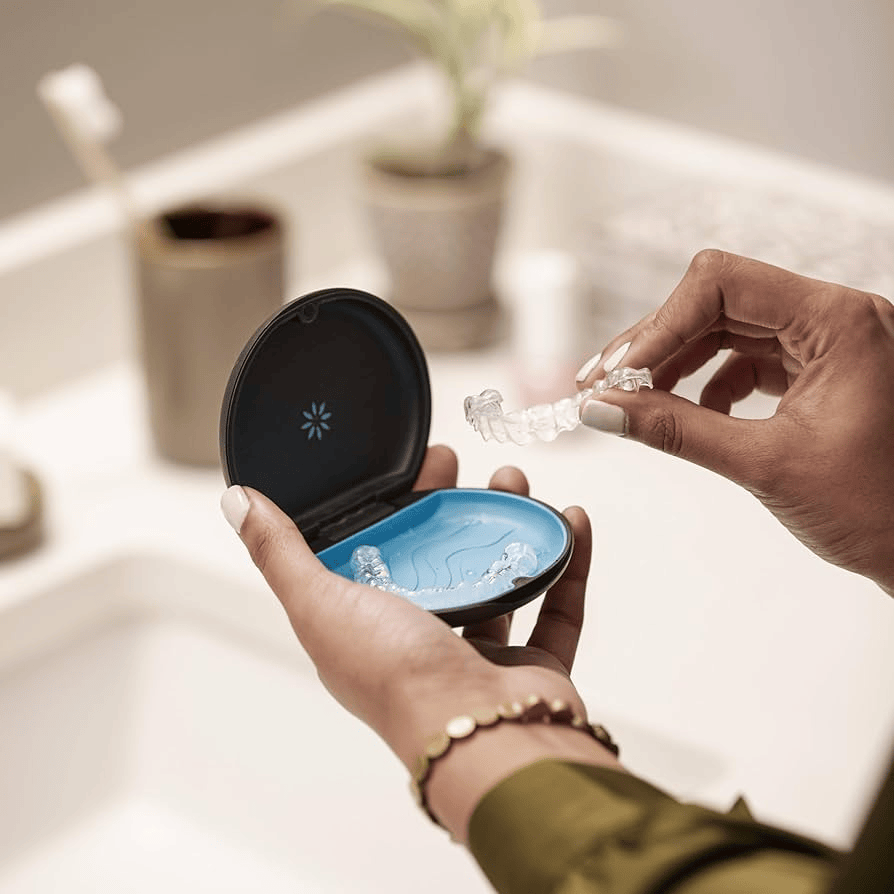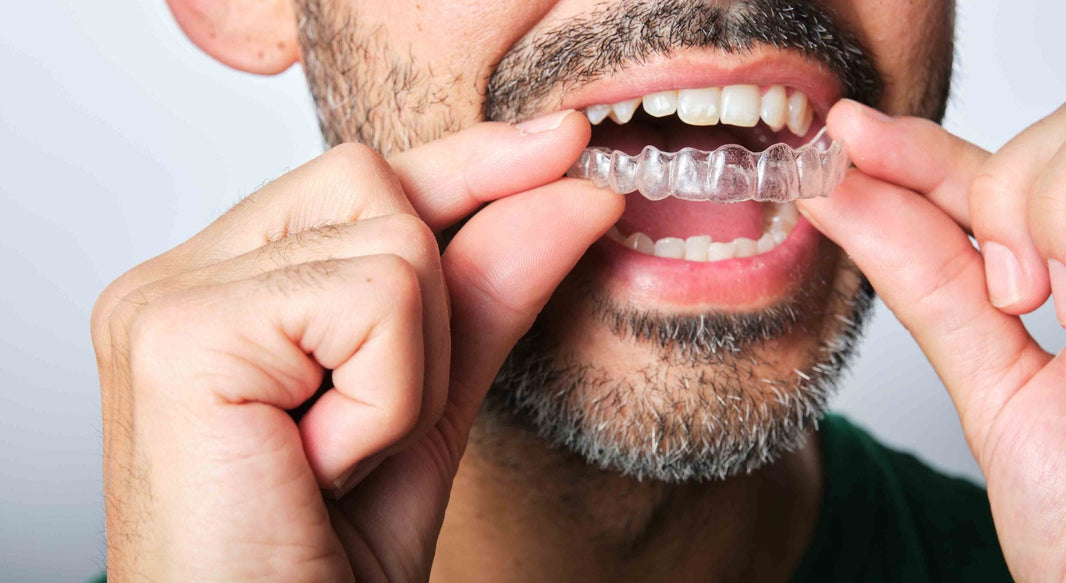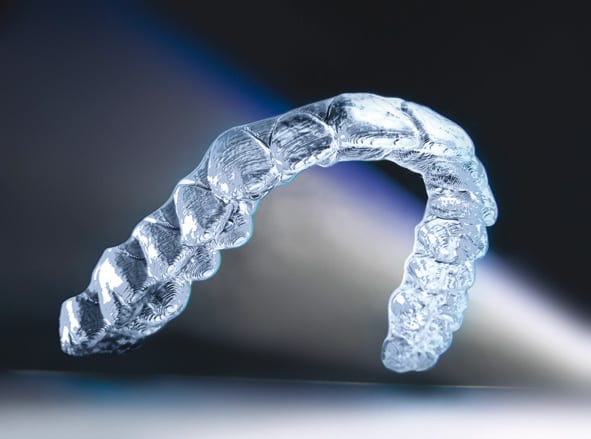Just when you thought summer break would be all pool days and late-night snacks, your parents hit you with a curveball—a trip to the orthodontist. Now, you’re the proud new owner of a full set of metal braces. Worried about becoming meme material at school? Relax. Most of the cringe-worthy things you've heard about braces are total fiction. Let’s break down the top five myths—so you can walk into class with facts and confidence.
Table of contents
Are Permanent Braces Magnetic?
What Type of Metal Is in Braces?
Despite what your uncle might say, today’s metal braces are not magnetic. Early models from decades ago may have included trace materials with minor magnetic properties, but modern orthodontic appliances are made from biocompatible stainless steel or ceramic. These materials are durable, effective—and completely non-magnetic. You won’t be sticking to a refrigerator door anytime soon.
Here’s what you need to know:
Modern braces use non-magnetic stainless steel or ceramic
They won’t trigger metal detectors or stick to magnets
Ceramic brackets contain zero magnetic components
Safe to wear around electronics, airport scanners, and industrial machinery
Braces Do Not Attract Lightning
Can I Use an Electric Toothbrush If I Have Braces?
Yes, and you absolutely should. An electric toothbrush can help remove food and plaque more effectively around brackets and wires. As for lightning? Braces don’t make you a target. The idea that wearing metal in your mouth could increase your chances of getting struck by lightning is nothing more than a persistent urban myth.

How Safe Are Braces?
Braces aren’t conductors of electricity in the way people fear. You’re not going to disrupt WiFi, set off airport alarms, or become a human antenna. Orthodontic metal is inert, meaning it doesn’t interfere with electronic devices or attract electricity. Braces are one of the safest—and most effective—medical devices in modern dentistry.

Do Teeth Become Yellow After Wearing Braces?
Worried about stained teeth once the brackets come off? Don’t be. Discoloration happens when plaque builds up around the brackets—not because of the braces themselves. With proper oral hygiene and smart food choices, your smile will look just as bright when the braces come off as it did when they went on.
What Food Can’t I Eat with Braces?
Avoid hard, sticky, or dark-pigmented foods that can either damage braces or stain enamel. Soda, coffee, red sauces, and chewy candies are common culprits. Instead, opt for lighter-colored drinks and easy-to-chew meals. And always rinse or brush soon after eating to keep teeth clean.
What do orthodontists do for overcrowding?
When symptoms such as overlapping teeth or jaw discomfort arise, a consultation with a licensed orthodontist is recommended. These specialists can diagnose the severity of crowding, determine its cause, and outline a personalized treatment strategy to restore proper alignment and function.

Can Braces Lock When Kissing?
Is Kissing Difficult with Braces?
Nope. Today’s braces are designed to be low-profile and secure. The fear of getting locked together mid-kiss is a myth straight out of an ‘80s rom-com. Orthodontic technology has advanced well beyond clunky brackets and sharp wires.
Can You Feel Lingual Braces When Kissing?
Whether you’re wearing traditional, ceramic, or lingual braces, they’re unlikely to be noticed by your partner. In fact, most people report no issues at all. And with discreet options like Invisalign, even the most intimate moments stay smooth and stress-free.
Is It Cool to Wear Braces?
Are Braces Considered Attractive?
Absolutely. Braces are a sign that you care about your health and appearance. Taking steps to align your teeth isn’t embarrassing—it’s a flex. Confidence is magnetic, and knowing you’re investing in your future smile speaks volumes.
Do Celebrities Have Braces?
Plenty of celebrities—past and present—have proudly worn braces. Cristiano Ronaldo, Emma Watson, Prince Harry, and Dakota Fanning all went through orthodontic treatment. Their red-carpet-ready smiles weren’t born—they were built, one bracket at a time.
Braces and Summer Confidence
Starting school with braces? You’re not alone. Millions of teens and adults begin orthodontic treatment every year. Braces today are smaller, more comfortable, and more stylish than ever. With the right attitude and some self-care, braces can actually boost your confidence—not dampen it.
Here are a few reminders to boost your confidence this season:
You’re part of a huge global community of braces wearers
Celebrities and athletes have rocked braces and looked great doing it
Braces mean you’re taking control of your smile and health
Your before-and-after photos are going to be worth it
Braces Myths vs. Reality
For decades, braces have been the target of wild pop culture rumors. But science and orthodontic advancements tell a different story. Today’s braces are streamlined, discreet, and incredibly effective. Time to let go of the mailbox stories and embrace the reality: they work—and they’re here to make your life better.
Braces and Pop Culture Rumors
Many people still believe outdated myths about braces. They don’t interfere with technology, attract lightning, or tangle you up while kissing. Today’s braces are made from safe, non-magnetic alloys that keep up with modern life.
Common misconceptions include:
Braces trigger airport or security detectors (they don’t)
Braces attract lightning (science says nope)
Braces get stuck during kissing (rare, if ever)
Braces are uncool (false—confidence is the new cool)
Braces, Self-Image, and Cool Factor
Worried braces will cramp your style? They won’t. Some of the most confident people in the spotlight had braces during pivotal career moments. Straight teeth don’t just improve your bite—they boost your self-image.
Famous names who wore braces include:
Emma Watson
Cristiano Ronaldo
Prince Harry
Dakota Fanning
Are braces not worth it?
Braces are an investment in both the health and appearance of your smile. While they do require a commitment—including lifelong retainer wear—the long-term benefits often outweigh the inconvenience. Properly aligned teeth can improve bite function, oral hygiene, and confidence. Consulting with an orthodontist will help you determine if braces are the right option for your specific dental goals.
Are teeth 100% straight after braces?
Braces are designed to significantly improve tooth alignment, but achieving absolute perfection isn’t always possible. Subtle variations in tooth shape, position, or bone structure may remain. That’s why post-treatment retainer use is so important: it helps preserve the improvements and maintain a healthy, natural-looking smile over time.
Does it matter what age I get braces?
Braces can be effective at almost any age, though the ideal window for treatment is typically during adolescence—once a child has lost their primary teeth but before growth plates have fully matured. This period, usually between ages 11 and 13, allows orthodontists to guide tooth movement and jaw development more efficiently. However, adults can also achieve excellent results with the right treatment plan.
Is there an age where you can't get braces?
There is no upper age limit for getting braces. As long as your teeth, gums, and jawbone are healthy, orthodontic treatment remains an option. Many adults pursue braces later in life to correct longstanding issues or to improve bite function and aesthetics. A thorough dental evaluation will help ensure you’re a good candidate for treatment at any stage of life.
Can braces cause problems later in life?
While braces are generally safe, they can contribute to certain dental risks if not properly managed. Orthodontic treatment may increase the potential for gingivitis, plaque buildup, and root resorption in some cases. Careful monitoring by your orthodontist, diligent oral hygiene, and regular dental cleanings during and after treatment are essential to minimize these risks and maintain optimal oral health.
Conclusion
Braces myths are easy to bust once you know the facts. They won’t stain your teeth, attract lightning, or ruin your social life. What they will do is help you build a healthier, straighter smile that lasts a lifetime. Keep up with your hygiene, lean into the journey, and remember—confidence looks good on everyone.






